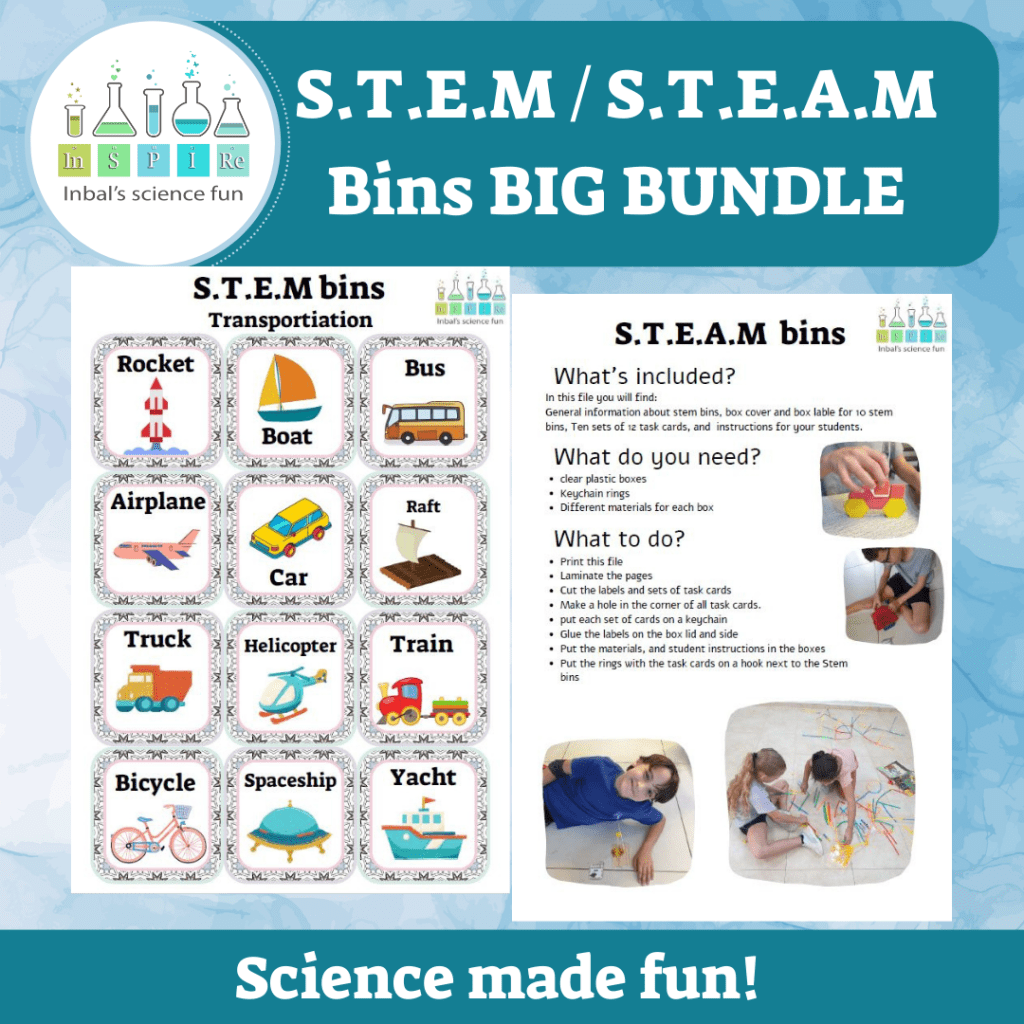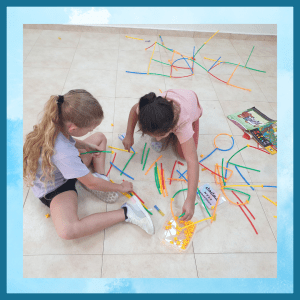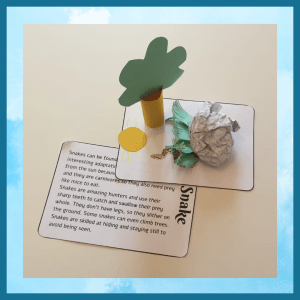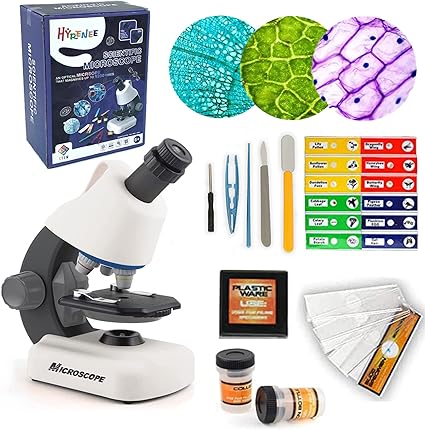The Importance of Working with STEM Bins
STEM Bins are versatile tools that can be used in various educational settings, thats why it is important to use STEM bins in your class. Teachers often integrate them into the curriculum as part of science, math, or engineering lessons. Students work individually or in groups to complete challenges or explore concepts. The open-ended nature of STEM Bins allows for differentiation, enabling students with varying abilities to engage at their own level.
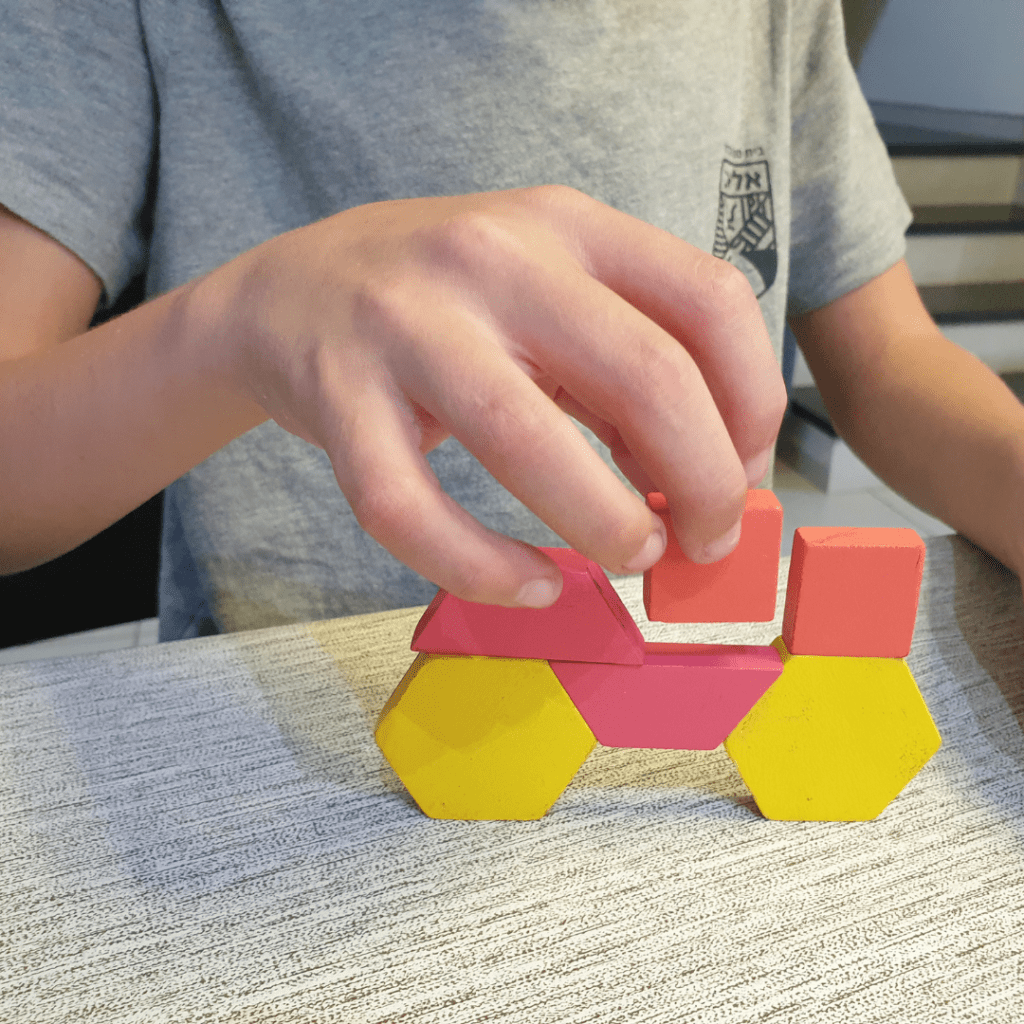
1. Fostering Critical Thinking:
STEM bins encourage students to think critically and solve problems independently. When presented with various materials and a challenge, students must analyze, plan, and execute their ideas. This fosters essential problem-solving skills that are applicable in all areas of life.
2. Encouraging Creativity:
Creativity is a cornerstone of STEM education. STEM bins provide an open-ended platform for students to explore their creative ideas. They can design and build structures or experiment with scientific concepts, all of which stimulate their imagination and creativity.
3. Hands-On Learning:
Children learn best when they can touch, feel, and manipulate objects. STEM bins offer a hands-on approach to learning, allowing students to engage with the material, which enhances their understanding of complex concepts. This kinesthetic learning style caters to various learning preferences.
4. Developing Problem-Solving Skills:
STEM bins present students with real-world problems and challenges. As they work to find solutions, they develop problem-solving skills that extend beyond the classroom. These skills are invaluable for future academic and professional success.
5. Collaboration and Communication:
Most STEM bin activities are group-based, promoting collaboration and communication among students. They learn to share ideas, delegate tasks, and work together toward a common goal. These social skills are essential both in school and in life.
6. Building Confidence:
Successfully completing STEM bin challenges boosts students’ self-confidence. When they see their ideas come to life and tackle problems, they become more self-assured learners who are willing to take on new challenges.
7. Bridging the Gender Gap:
STEM bins can help bridge the gender gap in STEM fields. By introducing girls to hands-on STEM activities at an early age, educators can inspire future female scientists, engineers, and mathematicians.
8. Making Learning Fun:
STEM bins inject an element of fun into learning. Students often view these activities as play rather than work, which makes them more enthusiastic about learning complex STEM concepts.
9. Real-Life Application:
STEM bins demonstrate the practical application of STEM concepts in the real world. Students can see how what they learn in the classroom relates to everyday life, making their education more relevant and meaningful.
10. Preparing for the Future:
In an increasingly technology-driven world, STEM skills are in high demand. By introducing STEM bins in elementary education, schools prepare students for future academic and career opportunities in STEM fields.
STEM bins have become invaluable tools in elementary education, promoting critical thinking, creativity, problem-solving, and collaboration among young learners. By offering a hands-on, engaging approach to STEM concepts, these tools prepare students for the challenges of the future while making learning a thrilling and fulfilling experience. As educators continue to recognize the importance of STEM bins in elementary education, they open doors to a world of possibilities for their students.



